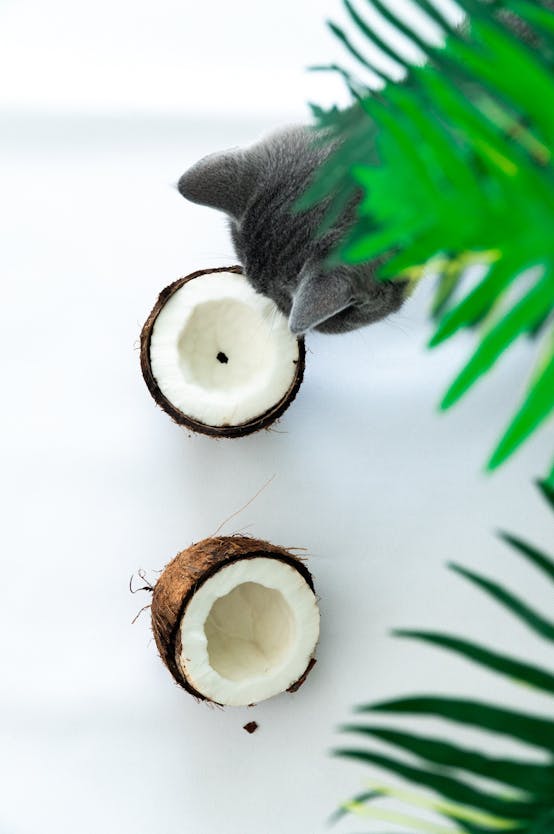Understanding Conjunctivitis in Cats
Conjunctivitis in cats, often referred to as a cat eye infection, primarily affects the thin membrane covering the eye and inner eyelids, known as the conjunctiva. This condition may result from a variety of causes, including bacterial or viral infections, allergies, or environmental irritants. While the underlying reasons can vary, the effect is typically a noticeable discomfort for the cat.
Key feline conjunctivitis symptoms to observe include redness, swelling, and excessive tear production in one or both eyes. Additionally, cats may frequently squint or paw at their eyes. Some might even exhibit a noticeable discharge, ranging in colour from clear to yellow or green.
A lire en complément : Transforming Your Space: A Complete Guide to Designing a Senior Cat-Friendly Home Environment
Recognising these symptoms and seeking timely veterinary care is crucial. Early diagnosis not only aids in understanding the root cause of the cat eye infection but also prevents the worsening of the condition, which could lead to more serious complications such as corneal ulcers or even vision loss. Addressing conjunctivitis promptly ensures a quicker and more effective treatment process, leading to better comfort and health for your feline companion.
Preparing to Administer Eye Drops
Creating a calm environment is crucial for administering cat eye drops. Gather necessary supplies, such as tissues and treats, beforehand to eliminate last-minute scrambles. A gentle, reassuring approach soothes the cat, preventing stress.
A voir aussi : How to Safely Introduce Your Cat to Motorized Pet Toys: Tips to Minimize Fear and Anxiety
Once the space is ready, focus on cat care preparation. Begin by gently wrapping your cat in a towel or blanket. This minimizes movement and offers a sense of security, making the experience far less daunting for your furry friend. Ensure the cat feels comfortable on a stable surface, ideally at eye level, to make the process smoother.
Before using the eye drop techniques, verify the eye drops’ dosage. Shake the bottle if required and have it ready. Confirm with your veterinarian that the dosage aligns with your cat’s needs, as precise amounts are critical.
Patience and practice in these tasks ensure the procedure is both effective and compassionate. Attention to detail during preparation, maintaining a serene atmosphere, and careful handling can significantly improve the experience for both you and your cat.
Step-by-Step Guide for Administering Eye Drops
Effectively administering eye drop medication to cats can be a challenging experience. However, with some stress-free techniques, this task can become manageable and even routine.
Positioning Your Cat
To apply eye drops successfully, it is crucial to secure your feline friend without increasing their stress levels. Wrap your cat snugly in a towel or use a cat carrier for support and security. This not only prevents sudden movements but also helps your pet feel safer. Ensure that the cat’s head is gently held in place, giving you unrestricted access to the eyes while remaining calm and gentle.
Applying the Eye Drops
Once your cat is comfortably positioned, hold the medication in one hand while using the other to open the eyelid. Drop the advised number of drops in the eye, being careful not to touch the tip of the bottle to their skin. This minimizes the risk of contamination and ensures a sanitary application.
Ensuring Proper Absorption
After applying the medication, gently close the cat’s eyelid and massage the area around the eye with your finger. This facilitates even distribution of the eye drops. Rewarding your cat afterwards can also help create positive associations with the treatment.
Techniques for Reducing Stress During Administration
Administering medication or performing routine care on pets can be a challenging task, especially if you’re dealing with a stressed cat. Thankfully, various calming techniques for cats can ease this process. For instance, before starting, creating a serene environment can significantly contribute to stress reduction for pets. Dimming the lights, playing soft music, or utilising pheromone sprays can help foster a sense of calm.
One effective method involves utilising positive reinforcement. Offering your pet small treats or their favourite snack can assist in establishing a positive association with the procedure. This not only helps in reducing anxiety but also conditions your pet to cooperate in subsequent sessions.
Another crucial aspect is employing distraction techniques. Toys or engaging activities can captivate your cat’s attention, making it less focused on the administration process. Consider using interactive toys or even a simple teaser toy to divert its attention.
Being patient and gentle with your pet, and maintaining a calm demeanour is essential. Cats tend to mirror your emotions, so conveying calmness provides reassurance, paving the way for a smoother administration period.
Aftercare and Monitoring
Proper cat eye care requires vigilant monitoring after administering any medication, such as eye drops. Immediately after application, gently close your cat’s eye to ensure the medicine spreads evenly across the surface. This helps in achieving effective treatment and soothing any discomfort the cat may experience.
Keep an eye on your cat for any signs of adverse reactions. If your cat shows excessive pawing at their eyes, persistent redness, or increased discharge, these could be indications of potential issues. In such cases, you might need to initiate conjunctivitis treatment as a precautionary step.
Consistent monitoring is crucial to catch any side effects early. Watch for unusual behaviour changes, such as lethargy or irritability, which might signal a reaction to the eye drops. Documenting these observations allows for thorough communication with the veterinarian if needed.
If symptoms do not improve, or in the case of worsening conditions, it is advisable to schedule a follow-up appointment with your veterinarian. They can provide specialized conjunctivitis treatment options or adjust the existing care plan based on your observations. Always reach out to a professional when in doubt to ensure optimal health outcomes for your feline companion.
Additional Resources and Support
To ensure your cat’s eye health, exploring online resources can be incredibly beneficial. Websites offering information on feline eye conditions, like conjunctivitis, are abundant and can provide you with valuable insights. However, while online resources are helpful, they cannot replace professional veterinary advice. Consulting with a veterinarian is crucial to get accurate diagnoses and comprehensive treatment plans for your cat’s specific needs.
In addition to professional guidance, finding support communities for pet owners can be immensely comforting. These communities offer a platform to share experiences, gather tips, and gain emotional support from fellow pet owners facing similar challenges. They can also be a resourceful venue for exchanging practical advice on managing cat health issues, including eye-related concerns.
Here are a few suggestions to maximise the health resources available to you:
- Follow reputable websites focusing on veterinarian advice
- Join pet owner forums dedicated to sharing tips about feline care
- Engage with social media groups that discuss cat health and well-being
These steps can help you feel more confident and supported in caring for your furball’s ocular health.













